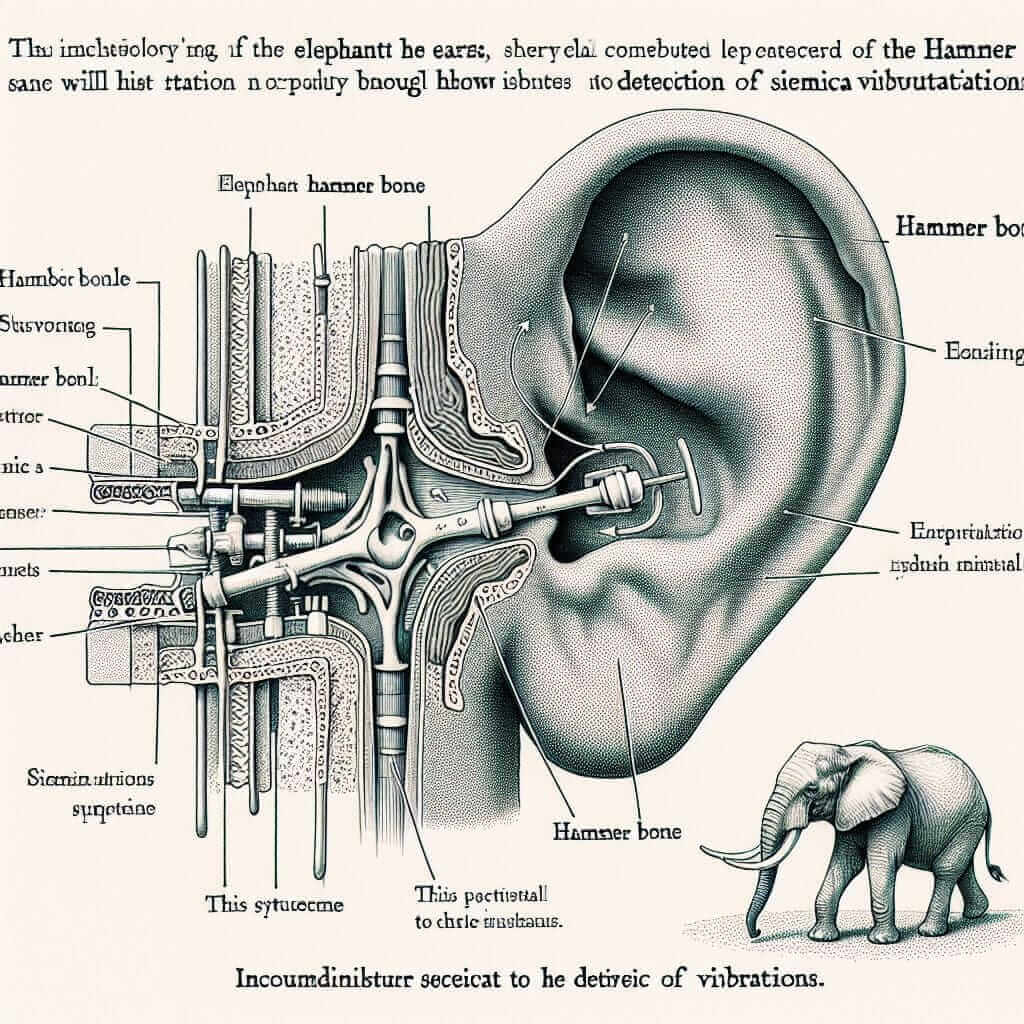The IELTS Reading section poses numerous challenges, requiring candidates to exhibit a range of skills such as skimming, scanning, and detailed reading. One of the practice tests revolves around the legendary detective Sherlock Holmes, created by Sir Arthur Conan Doyle. This article delves into the actual test content, provides answers, explanations, common pitfalls, essential vocabulary, and critical grammatical structures to master.
IELTS Reading Practice: Sherlock Holmes
The Real Test Content
The practice reading passage is a detailed exposition on Sherlock Holmes, covering various aspects of his life, character, relationships, and the broader cultural impact. The text is divided into multiple paragraphs labeled A-I, with questions designed to test your comprehension and analytical capabilities.
Reading Passage: Sherlock Holmes
A. Sir Arthur Conan Doyle, a British author, created Sherlock Holmes, a fictional private detective. Holmes, referring to himself as a “consulting detective”, is well-known for his proficiency with his observation, inference, forensic science, and logical reasoning that borders on the incredible when investigating cases for various clients. Almost all stories were set in the Victorian eras between 1880 and 1914 and were narrated by the character of Holmes’ friend, Dr. John H. Watson, who frequently joined Holmes during his investigations. He also shared a flat with Holmes at 221B Baker Street, London, where many episodes began.
B. Holmes’s clients vary from poor pawnbrokers and governesses to wealthy aristocrats and businessmen in Europe. In the beginning, he was only recognised in select groups but cooperated with Scotland Yard, a police agency. His successful work and the publication of Watson’s stories, however, enhanced Holmes’ reputation and made him an extremely famous detective. So many people called for his assistance instead of the police, so that, according to Watson, Holmes had “overwhelming practice” by 1895. Police outside London asked Holmes for his help if available. Even a Prime Minister and the King of Bohemia came to 221B Baker Street and requested Holmes’ assistance in person. Some clients offered doubled pay, which implied that wealthy clients paid Holmes more than the set rate. In “The Adventure of the Priory School,” he was paid a 6,000-pound fee when the annual income of a young professional was 500 pounds. However, Watson said that Holmes would decline the case for the wealthy and renowned if he lost his interest.
C. According to Watson, Holmes is a bohemian in his behaviour and lifestyle, also described as being fond of personal cleanliness like a cat. Holmes, however, is also an anomaly with no regard for common expectations of tidiness or decent order. Watson said, “His personal habits, as one of the most untidy people, drove a fellow-lodger to madness. He keeps cigars in the coal-scuttle, tobacco in the toe end of a Persian slipper, and his unanswered letters in the centre of his wooden mantelpiece. He dreads losing documents.” Thus, day by day his papers accumulated, until each corner of the room was stacked up with loads of manuscripts and books, which were in no way to be burnt or to be extracted by their owners.
D. Except for Watson, Holmes avoids casual company. In “The Gloria Scott”, he told Watson that he had only one friend at college for two years: “I was not a sociable man, Watson, I never mingled with men of my year.” Also, the detective goes without food at the case of heavy mental engagement, claiming that “The faculties become refined when you starve them.” At moments Holmes relaxes with music or playing the violin or listening to works of composers such as Wagner and Pablo de Sarasate.
E. Holmes is energetic and excitable, while he can be dispassionate and cold. He has a talent of showmanship, frequently keeping his tactics and evidence hidden until the last moment in order to impress observers. His co-workers forgive his willingness to bend the truth on behalf of clients lying to the police by removing evidence, or even breaking into houses when he thinks it is morally justifiable.
F. The first two Sherlock Holmes stories, the novel “A Study in Scarlet” and “The Sign of the Four”, were reasonably received well. However, Holmes first became exceedingly popular, when the first six short stories featuring the former characters were published in 1891 in The Strand Magazine. Holmes became a celebrity in Britain and America. In 1893, when Arthur Conan Doyle killed off Holmes in the story “The Final Problem”, public reaction to try to bring him back was so aggressive and unprecedented in fictional events. As a result of Holmes’ death, more than 20,000 readers cancelled their subscription. Public pressure finally contributed to the author writing another story of Holmes as a resurrected character. While not the first fictional detective, Sherlock Holmes is undoubtedly the best known. Until the 2000s, there were already more than 25,000 plays, films, TV programs featuring the detective, and he is listed as the most appeared literary character in film and television history by Guinness World Records.
G. Holmes’ success and reputation lead many to believe he is not a character in fiction, but a real person. A number of literary and fan communities have been founded on this pretence. Avid readers contributed to establishing the modern practice of fandom. The fiction and character have had a far-reaching and everlasting effect on mystery writing and mainstream culture as a whole, with the original stories, as well as thousands adapted into radio plays, TV, films, and even video games by authors other than Conan Doyle for over ten decades.
H. Many fans sent letters to Holmes’ address, 221B Baker Street. Though the address did not exist, those letters began to arrive at the large Abbey National building that first encompassed the address soon after it was built in 1932. The Sherlock Holmes Museum now holds the letters, and many of the people who sent the letters believed that Holmes was real. In a 2008 survey of British teenagers, over half of respondents believed that Sherlock Holmes was a real human.
I. Crime fiction was established by The Sherlock Holmes stories as a respectable genre read by readers of all backgrounds, and Doyle’s achievement inspired other detective stories. Holmes had a significant impact on the creation of other “peculiar gentleman detective” characters, like Hercule Poirot, published in 1920. Holmes also influenced a variety of antihero stories, as an antidote to the genius detective”, such as the gentleman thief characters A.J. Raffles and Arsene Lupin.
 Sherlock Holmes at 221B Baker Street
Sherlock Holmes at 221B Baker Street
Questions and Answers
Question 14-19
- 14 a description of what role the readers played with a protagonist: F
- 15 a description of how Holmes arranged his personal belongings: C
- 16 a reference of a person being close to the detective: D
- 17 a reference of an organization that joined Holmes solving cases: B
- 18 an explanation of common misunderstanding of the young toward Holmes: H
- 19 an explanation of Holmes’ financial status: B
Question 20 and 21
Which TWO of the following statements are made in the text about Sherlock Holmes’ personality?
- A He is a sociable and outgoing celebrity: Not mentioned.
- B He enjoys public attention: Yes.
- C He always sticks to the truth and faithfulness: No.
- D He pleases and entertains his housemate: No.
- E He dislikes losing any data: Yes.
Correct answers: B, E
Question 22
Which ONE of the following statements is made in the text about Sherlock Holmes’s influence on the world?
- A A lot of authors followed the same style of the story all the time.: No.
- B A building to commemorate Holmes was constructed.: Yes.
- C A ton of letters arrived at the detective’s house.: No.
- D His fame spread in Britain only.: No.
- E All people knew Holmes was a fictional man.: No.
Correct answer: B
Question 23-26
Complete the summary below. Choose ONE WORD ONLY from the passage for each answer.
An unforgettable detective in crime fiction history
Sherlock Holmes, a well-known detective, who was at the almost 23 __ level of reasoning and investigation, became a model of crime fiction. He did not have a particular preference for clients, but the absence of 24 __ led him to decline a call from even a rich man. Many people confused Holmes with a real person, so that letters arrived at his address from the fiction, and a 25 __ demonstrated the same misunderstanding from British teenagers. Holmes’ story contributed to many adaptations and the establishment of crime fiction, so even stories as an 26 __ against a character like Holmes were invented.
Correct answers:
- 23: incredible
- 24: interest
- 25: survey
- 26: antidote
Common Pitfalls
- Misidentifying the Paragraphs: Be careful with questions that require you to match paragraphs to specific details. It’s essential to read thoroughly and match context.
- Vocabulary Confusion: Words like “consulting detective” and “bohemian” might confuse readers.
- Misinterpreting Questions: Always verify what the question asks for; some might mislead you to think of more than one answer.
Essential Vocabulary
- Proficiency (noun) /prəˈfɪʃənsi/: A high degree of competence or skill; expertise.
- Forensic (adj) /fəˈrɛnsɪk/: Relating to or denoting the application of scientific methods and techniques to the investigation of crime.
- Aristocrat (noun) /əˈrɪstəkrət/: A member of the aristocracy; a nobleman or noblewoman.
- Bohemian (noun) /boʊˈhiːmiən/: A person with unconventional social habits.
- Anomaly (noun) /əˈnɒməli/: Something that deviates from what is standard, normal, or expected.
Important Grammar Structures
- Relative Clauses: Used for adding extra information about something. Example: “Holmes, referring to himself as a ‘consulting detective’, is well-known for his proficiency.”
- Passive Voice: Common in formal texts to emphasize the action rather than who did it. Example: “Watson said that Holmes would decline the case for the wealthy.”
- Reported Speech: Paraphrasing another person’s words. Example: “Watson said, ‘His personal habits drove a fellow-lodger to madness.’”
Mastering these elements will not only help you perform better in the IELTS Reading section but also enhance your overall English proficiency.


